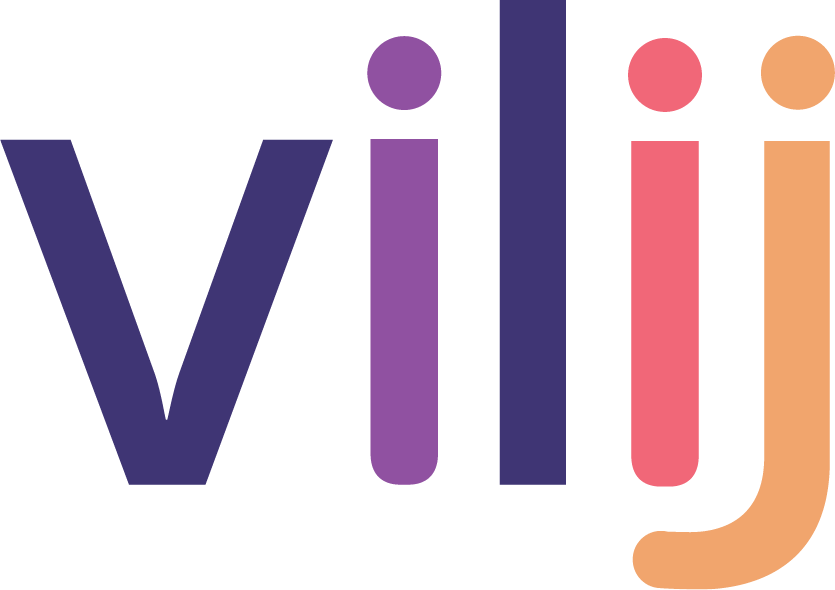Making Sense of Insurance | Complicated Plans Explained in Easy to Understand Words
Disclaimer: Insurance plans vary widely. The following is presented for information purposes only. You and your family should contact your insurance provider before relying on any information for care. For questions about services and coverage by Vilij ABA please call 1.603.777.2800.
Making sense of insurance plans
In addition to all the other responsibilities, trying to understand what your insurance does and does not cover is most likely not one of your favorite tasks. We understand and we’re right there with you! The most common answers to insurance questions are often 'it depends'. There are multiple insurance providers and each insurance provider has multiple plans all of which cover varying services at varying levels. Below we’ve broken down some of the basics of insurance plans that we hope should provide some help as you’re assessing how ABA services and their cost will impact you and your family.
What type of plan do you have?
That's a loaded question! - Common categories of plans fall into PPO (preferred provider organization), HMO (health maintenance organization), and these plans can come with and without other supplemental services such as an HSA (health savings account). An insurance provider often has multiple types of PPOs and HMOs with different levels for individual deductibles, family deductibles, out of pocket expenses, limits, co-pays, and co-insurance (more on this below).
PPOs are generally less restrictive but often have a higher premium (the amount of money that is taken out of your monthly paycheck to pay for insurance). Conversely, an HMO may have a lower premium every month but may have a more restricted/limited number of providers who are ‘in network’. The premium is the cost you and your employer will pay each month. If the premium for a plan for a family is $1,000.00 and your employer covers 70%, you will be responsible monthly for $300 of the cost and the remaining $700 will be covered by your employer.
Note that a premium is not the same as the deductible requirements. Your employer may pay up to 90% of the premium, or less. If you’re not sure often your plan's administrator (Human Resources) will have more information they can provide to you. As a general rule, the lower your monthly premiums the more out-of-pocket expenses you or your family will incur before insurance begins to cover services.
What is the effective date of the plan?
Services can only be provided once your plan is in effect. Authorization for ongoing services like ABA therapy are often required. An effective date is the date you and your family are able to start using coverage. Depending on your plan, you may need a referral from your PCP (primary care provider) prior to getting coverage For ABA services.
For claims to be covered an ABA provider can only bill your insurance once your plan is in effect. If they bill your insurance when you were not covered the claim submitted by your ABA provider will be denied and your family will be responsible for the cost. A claim is a request for payment that you or your health care provider submits to your health insurer when you get items or services you believe to be covered.
Let's get granular!
Details matter. If you have recently enrolled in coverage under a new plan it is not uncommon for coverage to begin on the first of the month following enrollment. Prior to discussing any services with your ABA provider you will need to have your health insurance card with you which will have your member ID and group number listed. This card will be used to perform a VOB or verification of benefits. The VOB will outline what types of ABA services your plan covers (in-home, in-clinic, in-school setting), whether a provider is in-network (a provider that accepts your health insurance), and how your plan provides coverage. Note that in-network care charges discounted rates which typically save you and your family money.
Your plan may or may not require an authorization for an assessment (the first step in receiving ABA Therapy). This means that you or your family may need to get approval from your health insurance plan before an assessment and ongoing services are authorized. If this is the case, your ABA provider should explain this to you. The time from submittal of authorization request to request being granted can take up to 14 days, it does depend on your provider.
Common components to a health care plan:
There are many different types of components of a health care plan but having an understanding of how each plays a roll in coverage is key!
- Cost of Care - This is the amount of money charged for services before any coverage has been applied.
- CoPay - A fixed flat fee that you pay/or that is billed each time services are rendered. Note that a copay may be for each day services are provided or may be for each CPT (current procedural terminology) code charged when submitting claims to insurance.
- Deductible - The deductible is the amount you pay before your health plan pays a portion of medical expenses. Until a deductible is met you will be responsible for 100% of the costs of your covered health services. Note that there is an individual deductible for each member covered under the plan. This deductible goes towards the family deductible. Until your deductible is met, you will be responsible for 100% of your co-insurance costs. After your deductible has been met, you will be responsible for a percentage of the costs shared with you by your insurance plan. If a family deductible is reached before an individual deductible your plan should now begin to share costs with all plan members.
- Out-of-Pocket Limit - The most you pay for covered services in a plan year. After this amount is reached for deductibles, copayments, and coinsurance, your health plan should pay 100% of the costs of covered benefits. Note that there is an individual out of pocket deductible for each member covered under the plan. This out-of-pocket deductible goes towards the family out of pocket deductible amount. Out of pocket limits are at the individual and family level. These are the maximum amounts you’ll pay for covered services in a year. Your co-insurance and your copay (if you have one) often count towards these limits.
- CoPay vs. Co-insurance - These are two types of payments incurred for covered health services. A copay is a fixed cost that an insurance policy holder pays for a specific service covered by insurance. In contrast, co-insurance is often percentage of the cost of a service paid by you and paid by your plan. Often a deductible is set by your insurance and is a set amount you will need to pay before medical services are covered. In some instances a copay or deductible may not apply and co-insurance applies from the effective date of insurance. When deductibles are met coinsurance will most likely cover/pay for services charged at 100%.
At Vilij ABA we believe that knowledge is power and will provide you with a VOB prior to beginning services. Costs for care should not be a surprise and with a little planning, they won't be.
Length of time for initial assessment & ongoing service authorization
Similar to the initial request for authorization, it depends on who your insurance provider is. Generally from the time we submit requests to your insurance to the time we hear back that authorization has been granted is approximately 14 days. We often suggest that families reach out to their insurance to confirm the assessment has been received and is being reviewed.
Final considerations
- SCAs (single case agreements) - insurance will at times authorize services for providers who are out of network at 'in-network' rates if a client is unable to find services within their network.
- If you are switching ABA providers you will need to request that they release your insurance so your services can now begin to be associated with a new provider.
- While no family is obligated to stay with a provider, it is preferred that you give your provider notice if/when you plan to move to a different provider. We also recommend that you do this in writing and save this on file.
- If you change your plan mid year, deductibles often reset
- As a general practice Vilij ABA will complete updated VOBs at the beginning of each year as plan details can and do often change.
Insurance can be complicated, but knowledge is power!
Insurance can be a confusing topic to navigate but it doesn’t have to be. The Vilij ABA billing team has decades worth of experience and they serve as both our advocates and yours. Billing associated with ABA care should not be a surprise and as we work together, it won’t be. We’re always happy to chat and explain how your insurance covers your ABA care and will work through any questions together, because that’s the way ABA care should be.
Accountability | Integrity | Empathy | Collaboration










